Cologne (spelled Köln in German – pronounced Kern) is the fourth largest city in Germany with about a million residents inside the city limits but a little over 3 million in the entire urban area. In fact, the Rhein-Ruhr region, where Cologne is located, is the most populated region in Germany, and the second largest economically (based on GDP) in the entire European Union. That said, we were surprised and delighted to discover that Cologne has retained a great deal of “small town” charm even after post-WWII reconstruction and modern era industrial growth periods.





The city of Cologne was decimated in World War II. By 1945, the city was absolutely ruined from aerial bombing by the allies. An estimated 260+ air raids dumped more than 34,000 long tons of bombs over the five year period between 1940-1945. (A long ton is exactly 2,240 pounds) In excess of 20,000 German civilians were killed by the bombing. The most famous of the aerial attacks on Cologne happened one night in May 1942, when the British Royal Air Force (RAF) launched a raid of 1,050 bombers to Cologne in history’s first ever “bomber stream”. The German Luftwaffe and ground troops diligently defended the city and launched a counter offensive while the fire brigade worked furiously to control the 2,500 fires the bombs ignited in the city. Somewhere between 43-44 RAF fighters were downed in the attack, but the devastation to the city was phenomenal. Now, before we start feeling sorry for Cologne, let’s not forget the Blitz, ok?
To me, the interesting thing about Cologne is that even after all those years of war – all those tons of bombs that were dumped over the city again and again – the Cologne Cathedral remained standing. Allied pilots later admitted that the twin spires of the cathedral were a navigational landmark for them – maybe they left it alone so they could recognize their location at night? Allied pilots also were officers in the Air Force, most with college and university degrees, who may have placed value on buildings with historical and religious significance, so perhaps it survived out of respect? Who knows? The building was hit by bombs a little over 10 times (mostly nearby and not on the actual structure) but the damage was largely minor and the building remained integral. There are countless photographs of the devastation of Cologne after the war and all show this massive cathedral standing tall among ruined, flattened buildings and blackened homes. The Cologne Cathedral is the largest Gothic church in Germany. Construction started in the 1400s and ended in 1880, with obvious repairs made following WWII and even as recent as 2005. As far as gothic structures go, it is absolutely a fascinating architectural masterpiece with an almost sinister, dark design that lends itself to more of a “Dracula lives here” than a “place of worship” feeling. The cathedral is literally right beside the train station and was our very first location to visit when we arrived in Cologne. Just south of the cathedral is the Römish-Germanischs Museum (Romano-German Museum), which is an archaeological museum primarily focused on the Roman era but also covering the last 100,000 years of life in the region with some local artifacts over 8,000 years old.


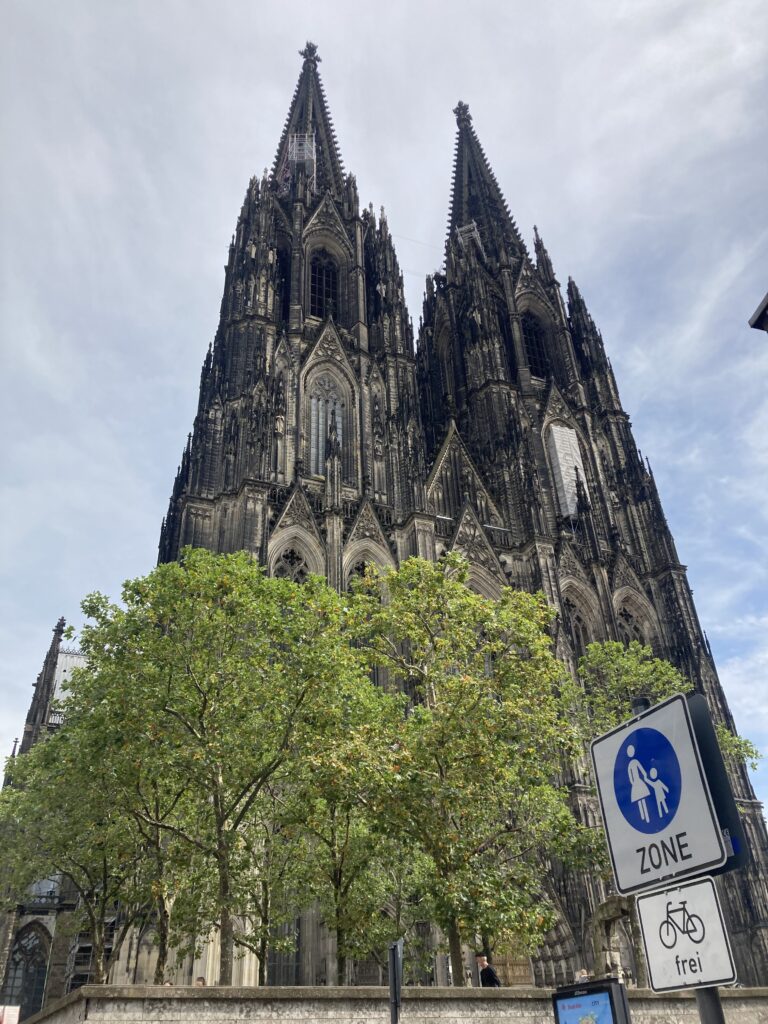





While in the lovely city of Cologne, we visited the Skulpturenpark Köln (sculpture park with massive trees), Severinstorburg (12th century gatehouse with portcullis!), old town Cologne where we did some shopping, eating and general exploring on foot, and Ulrepforte (13th century stone watchtower and gate). We also spent several hours touring the Chocolate Museum of Cologne and even had a private tasting! While at the Chocolate museum, we rode the ferris wheel and had fantastic views of the area while enjoying a fun ride. Lucky us, the Cologne Gourmet Festival was being held at the same time as our visit and was just outside the Chocolate Museum – so we also explored that, naturally! Finally, we enjoyed a lovely cruise along the Rhine river from where we were able to see so much of the city and learn a variety of interesting facts about Cologne’s history and rebirth post-WWII. Cologne is absolutely a city you can explore easily by foot, however, if you are in the area and time allows, we highly recommend a Rhine river cruise. In addition to some fantastic views, we were able to just slow down, relax, watch all around as interesting things slowly passed us by and share some tasty snacks and drinks from a comfortable seat in the sporadic sunshine. It was quite lovely.




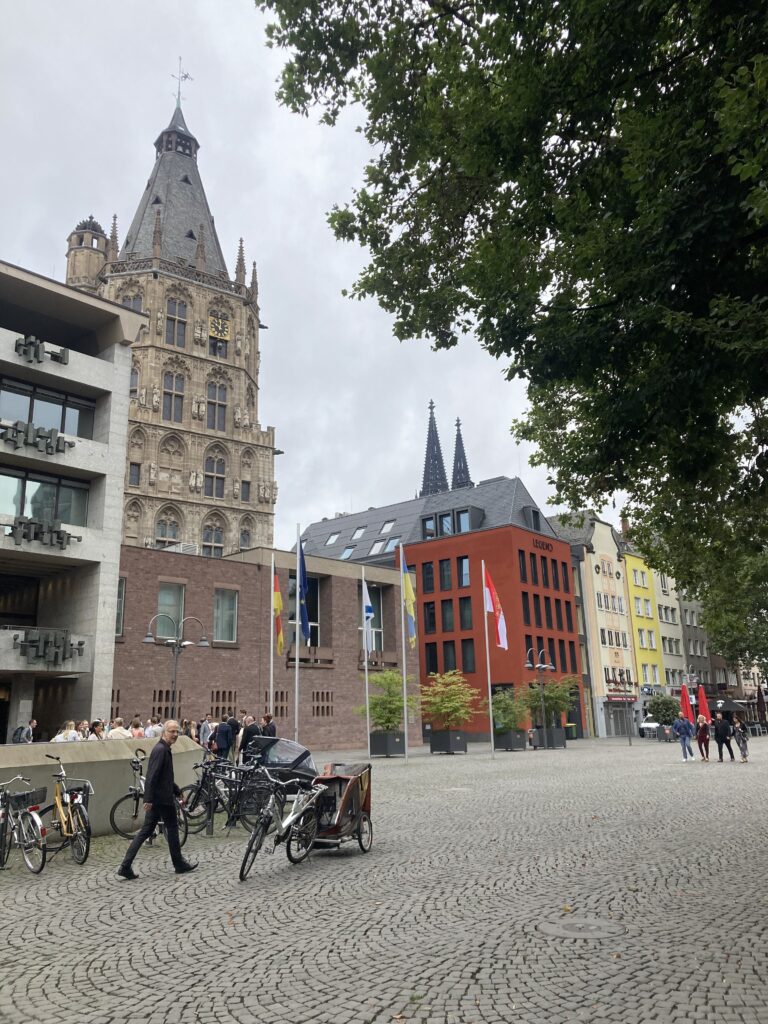





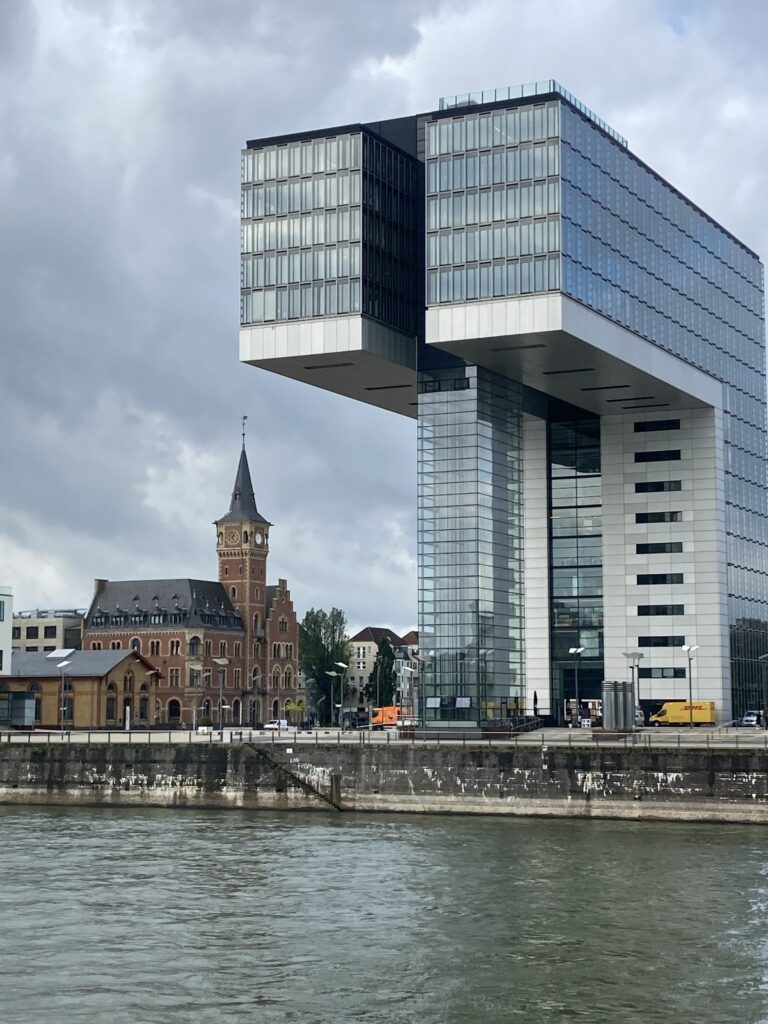
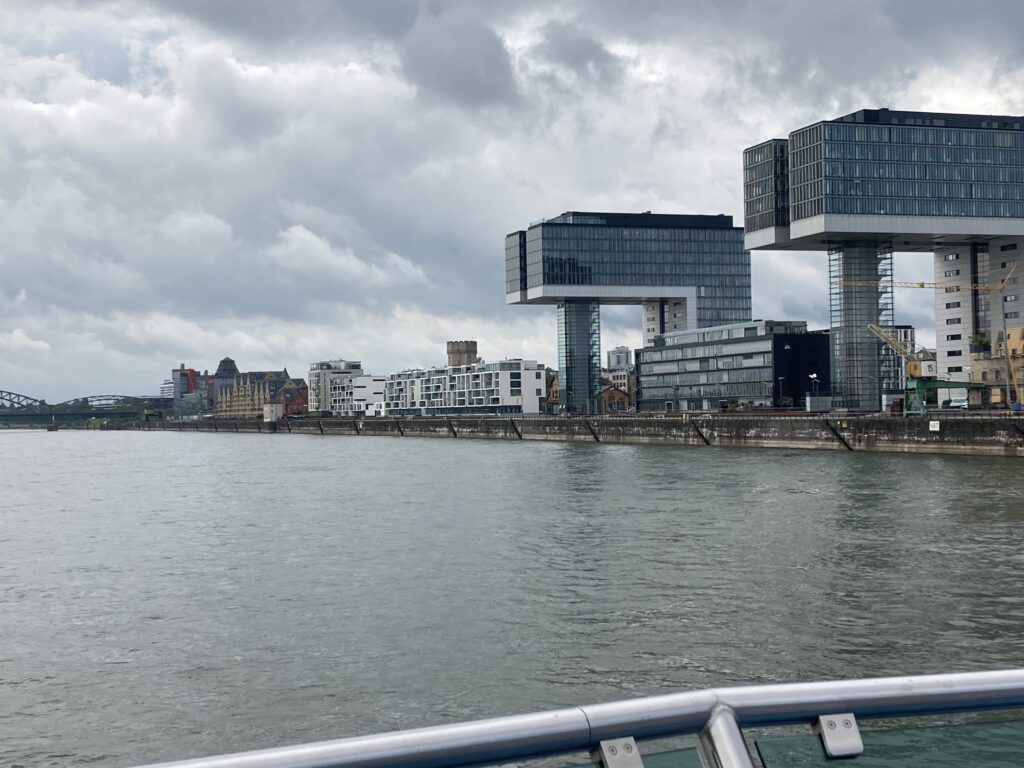



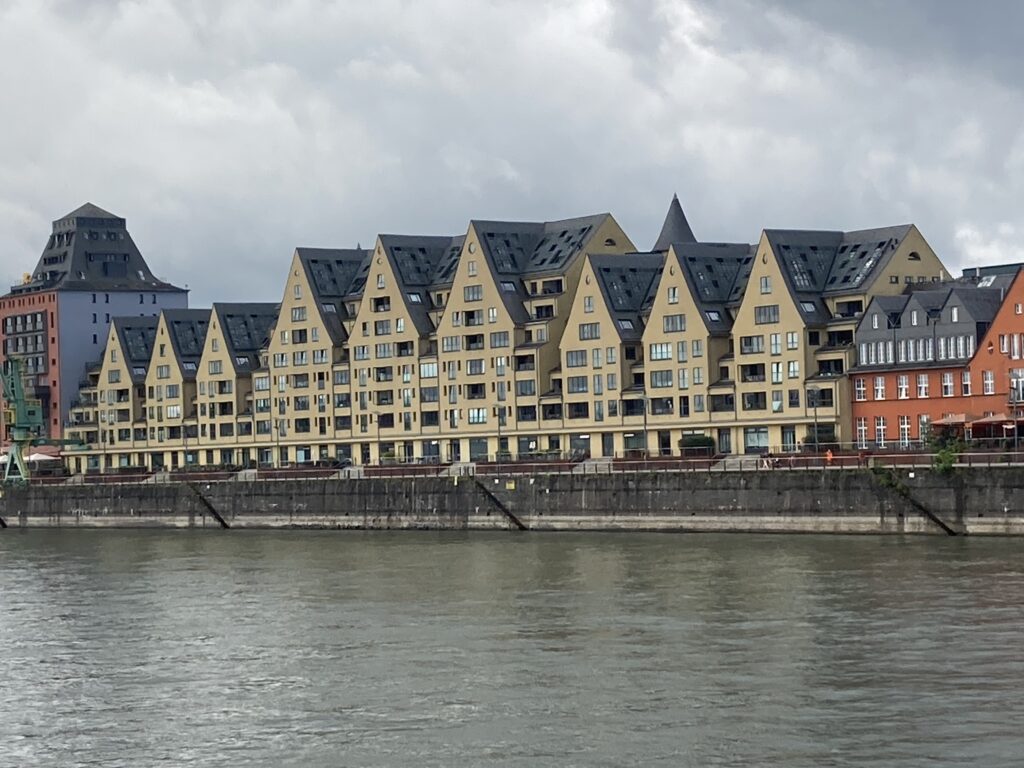
















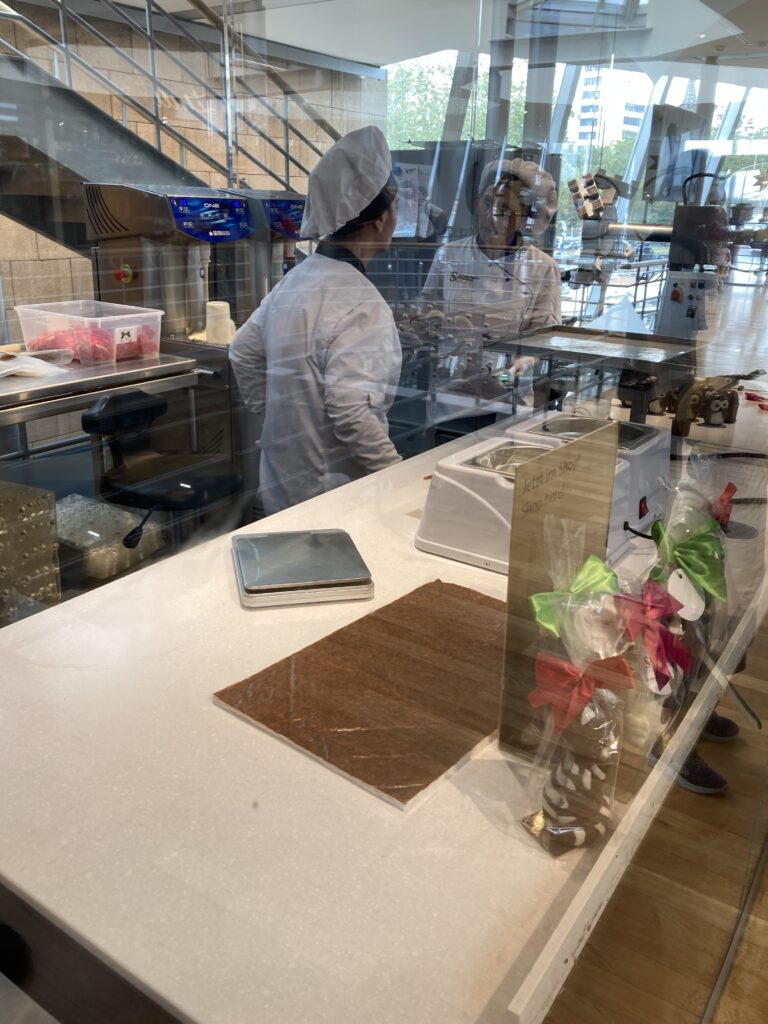




We only spent two days in Cologne and would happily return to that city for a future visit as we thoroughly enjoyed ourselves there and are certain there are fun and interesting local sites left to explore. For example, the city hosts over 30 different museums and we only saw ONE! Also, Cologne has thousands of historic buildings; although we did make an effort to visit or see most of the remaining city gates and towers. From Cologne, we spent the weekend with family friends who live nearby and then returned, once again, to Frankfurt am Main. We departed Germany and brought an end to our month-long European adventure on Monday, July 29. We arrived back in Tucson just after midnight on Allita’s 16th birthday. I admit it is strange to time-travel and I’m not sure how well I would manage it if it were more than just a few hours. Good thing I’m not John Titor.
Ok – so I have to mention our London departure just really quickly. We finished our late night tour of London on a double decker bus (remember?) and got back to the flat around 10pm. At 4am, we woke to start preparing for a 5:15 bus departure to St. Pancreas station to catch the 7:50am “chunnel” (tunnel under the English Channel) train to Cologne. Only we discovered our Eurostar train was CANCELLED! With literally minutes to spare, I booked us on the 7am “chunnel” to Brussels and prayed we would make it on time and I would figure out a way to get to Cologne once we got to Belgium. We were so stressed out from the last-minute schedule change, very little sleep, and earlier-than-expected departure that we slept almost the entire ride and missed the Channel Tunnel entirely. Luckily however, we did find a Deutsche Bahn train that took us very quickly from Midi to Cologne and we only lost a couple hours on our itinerary. That said, this is not the first time on our trip when a train was cancelled and we had to do some quick tap dance to find ways to keep our timeline. For future reference: either allow for more downtime in the itinerary and/or plan to have cancellations in transit bookings so that connections are more flexible and you are prepared for any necessary rescheduling. This is particularly true in the spring and summer when the weather is finally good enough for scheduled track maintenance that can’t be performed in the colder fall and winter months. Also, yes, it did rain on us in Cologne and the following weekend as well – but you don’t get all that lovely flora without water and by then, we were used to it, so we weren’t too bothered. However, I am already shopping for travel galoshes from Amazon for our next trip. Until then!



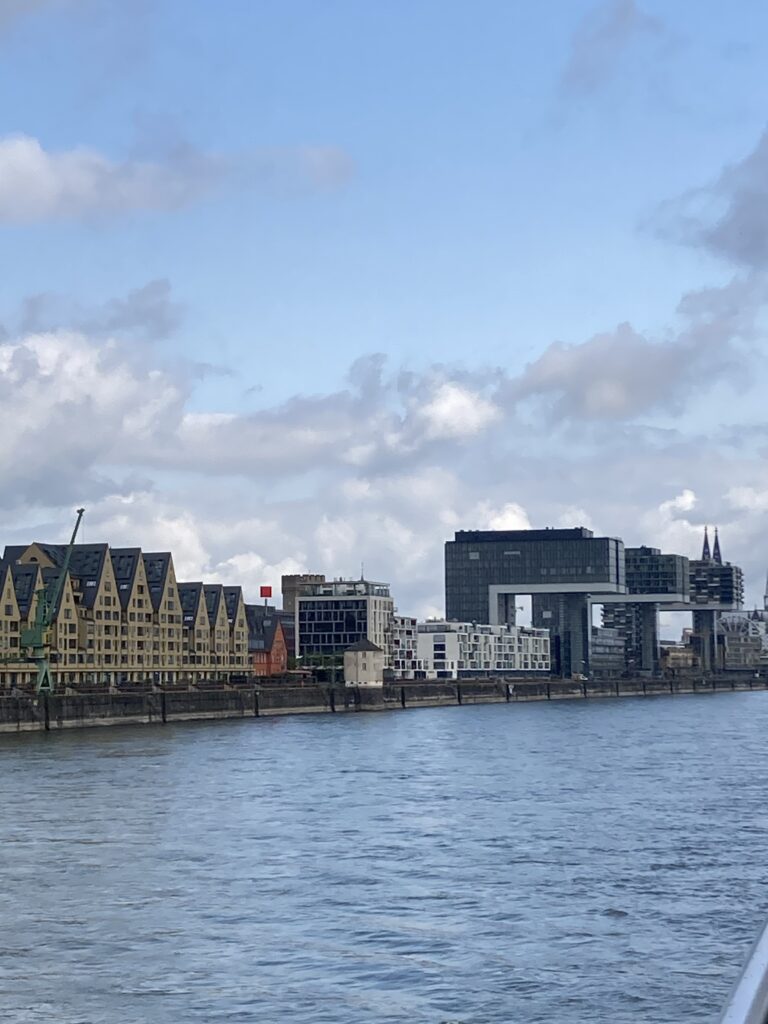






The train is the longest I’ve ever seen as well. Those wieners were pretty long as well too. The chocolate is not the kind they show on TV here? If you said that I missed that great trip.